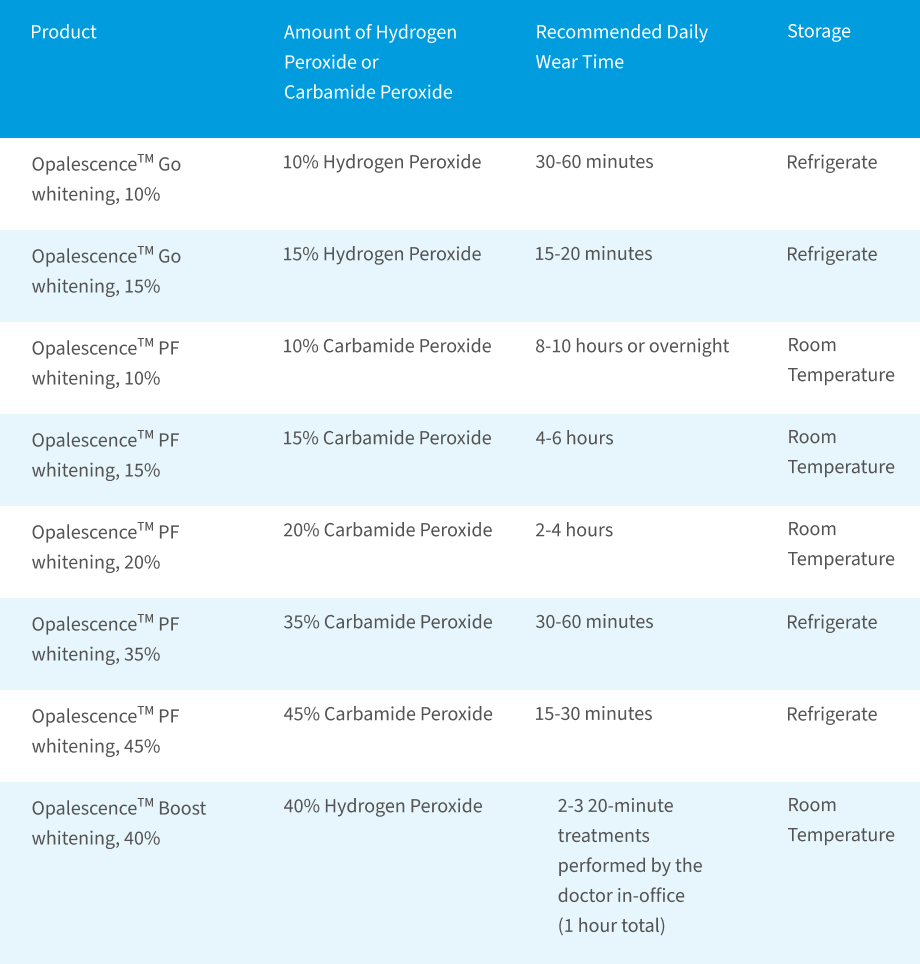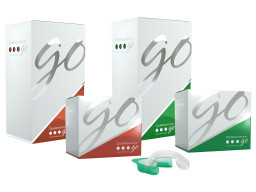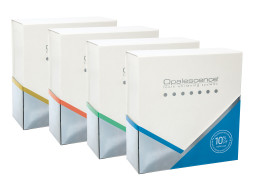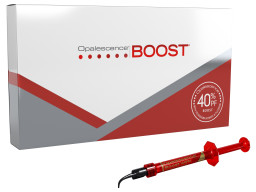What’s the difference between carbamide peroxide and hydrogen peroxide?
Monday, March 20, 2023
At Ultradent, teeth whitening is done with one of two active ingredients: carbamide peroxide or hydrogen peroxide. Both ingredients have a specific purpose in our products and operate differently. When discussing whitening options, dental patients often ask which ingredient would work best for them. To help answer that question, let’s take a deeper look at these ingredients and why we use them.
What’s the difference between carbamide peroxide and hydrogen peroxide?
As you might have already guessed, these two ingredients are rather similar—and both are excellent for teeth whitening treatments. Carbamide peroxide simply contains hydrogen peroxide at a ratio of approximately 1:3. The remaining approximate 2/3 of carbamide peroxide is carbamide (urea)—a very safe compound that is produced in humans through protein metabolism.
The great news is that each ingredient produces the same fantastic whitening results. A study published in the Journal of the American Dental Association showed that while carbamide peroxide appeared to produce slightly more dramatic results at first, ultimately products containing equivalent amounts of carbamide peroxide and hydrogen peroxide produced exactly the same results.1
Is one better than the other?
Either option is quick to start working, but results really depend on the individual’s unique needs and rate of tooth color change.
Hydrogen peroxide breaks down faster than carbamide peroxide, releasing its whitening power within 30–60 minutes. On the other hand, carbamide peroxide releases about 50% of its whitening power within the first two hours, then remains active for up to an additional six hours.
Carbamide peroxide breaks down slower than hydrogen peroxide because carbamide peroxide contains carbamide, which buffers the pH and holds it steadier. Hydrogen peroxide doesn’t contain a similar pH buffer, so the pH shifts faster and causes the hydrogen peroxide to break down faster. Please note that these aren’t huge differences.
That said, longer wear time (usually lower concentrations) is suited best for carbamide peroxide, whereas shorter wear time (high concentrations) is more suited for hydrogen peroxide or a hybrid of the two.
It's also important to mention that carbamide peroxide is easier to flavor, and for long wear times, it’s nice to have a product with a slightly better flavor profile. The slightly less preferred flavor profile for short wear time products is probably more tolerable because the exposure is simply shorter. Many patients wouldn’t be able to tell the difference in flavor, but people with a sensitive palate might be able to detect a flavor difference.
What about rebound or sensitivity after teeth whitening?
We know that with teeth whitening, rebound is where the teeth appear whiter immediately after whitening, but then lose some of their brilliance after a short amount of time has passed. Rebound is more affected by dehydration than peroxide levels. Whitening gels such as Opalescence gel that contain a higher water content can help prevent rebound caused by dehydration.
Many dental patients claim to experience sensitivity after teeth whitening, regardless of the main active ingredient of their treatment option. There is no noticeable difference in sensitivity, regardless of whether you are using a hydrogen peroxide or carbamide peroxide product. This was also noted in the same study that showed hydrogen peroxide and carbamide peroxide produce equally brilliant results.1
What about shelf life?
Products with carbamide peroxide have a slightly longer shelf life than those with hydrogen peroxide. However, when refrigerated, all peroxide products through Ultradent have an increased shelf life.

- Mokhlis GR, Matis BA, Cochran MA, Eckert GJ. A clinical evaluation of carbamide peroxide and hydrogen peroxide whitening agents during daytime use. JADA. 2000;131(9):1269—1277. www.jada.info/cgi/content/full/131/9/1269


